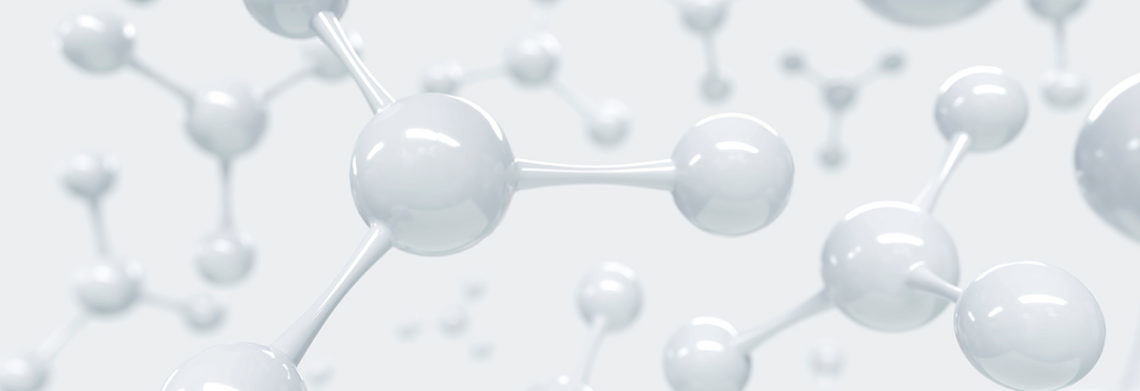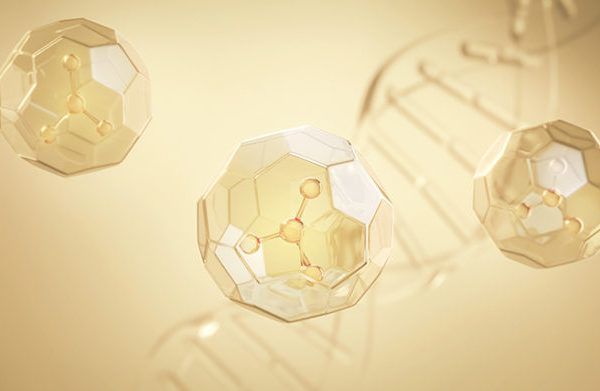
SHA Magazine Health & Beauty
Oxidative stress: simple strategies to combat it
Every time we breathe we oxidise a little. It is inevitable. We inhale 20% of oxygen with each breath of air, and inside the cell a small part is transformed into an oxidatively active reactive element. These are the so-called free radicals. Their existence, like that of the oxidation process they generate, is fundamental to the equilibrium in the body.
The problems come later. The free radical, once it has fulfilled its function, tries to stabilise itself by “stealing” an electron from another molecule, which, after losing an electron, is oxidised and transformed into another free radical. This new free radical can steal an electron from another molecule and start a chain reaction. If this process is not stopped, it permanently changes the structure of molecules and triggers irreversible damage.
In a healthy individual, an antioxidant may donate an electron to the free radical, stabilising it and stopping the oxidation chain reaction. Unlike most molecules, antioxidants are able to stabilise the unpaired electron and prevent it from becoming highly reactive.
But, when the antioxidants are not sufficient to counteract the action of free radicals, a stress situation is produced in the cell that increases its oxidative activity and causes a structural and functional change which accelerates ageing, resulting in cell death.
Oxidative stress damages tissues and triggers an inflammatory process. This is the beginning of the development of a variety of serious pathologies, such as cardiovascular diseases or even cancer. In addition, it accelerates skin ageing or the onset of various neurological disorders, as well as age-related degenerative diseases.
Scientific and clinical research is accumulating growing evidence for the existence of critical connections between oxidative stress and inflammatory processes typical of cardiovascular, rheumatic, degenerative, skin diseases and some types of cancer. All of them tend to present a pro-inflammatory state that promotes the development of the disease to its most severe forms.
Strategies to slow or reverse oxidative stress include increasing antioxidant intake through diet or physician-monitored supplementation.
Diverse sources of antioxidants are available. Some are generated naturally by our bodies, while others are found in the food we ingest or in supplements. In addition, antioxidants, both natural and synthetic, can be added to certain foods that do not contain them naturally, either to improve their nutritional value or to preserve them, as they also help to prevent food oxidation.
However, not all antioxidant substances or compounds have the same ability to neutralise free radicals and, therefore, reduce the inflammation caused by oxidative stress. Selenium, vitamins C and D, beta-carotene and carotenoid compounds have been proven to work best. Broccoli, blueberries, carrots, tomatoes, pure cocoa and almonds are great antioxidants, as are green tea, vegetable oils, such as olive oil, and some natural juices combining different fruits and vegetables.
Physical activity has been proven to be a great way for the body to adapt to fighting free radicals. During physical activity, we consume up to ten times more oxygen than usual, which increases the rate of free radical production, but the prolonged presence of these oxidative stimuli favours the body’s adaptation to oxidative stress and antioxidant defence.
Orthomolecular supplementation helps to balance cellular processes by administering antioxidants, but they must be prescribed by a doctor, after having established the patient’s actual deficiencies and needs with the help of laboratory tests.





